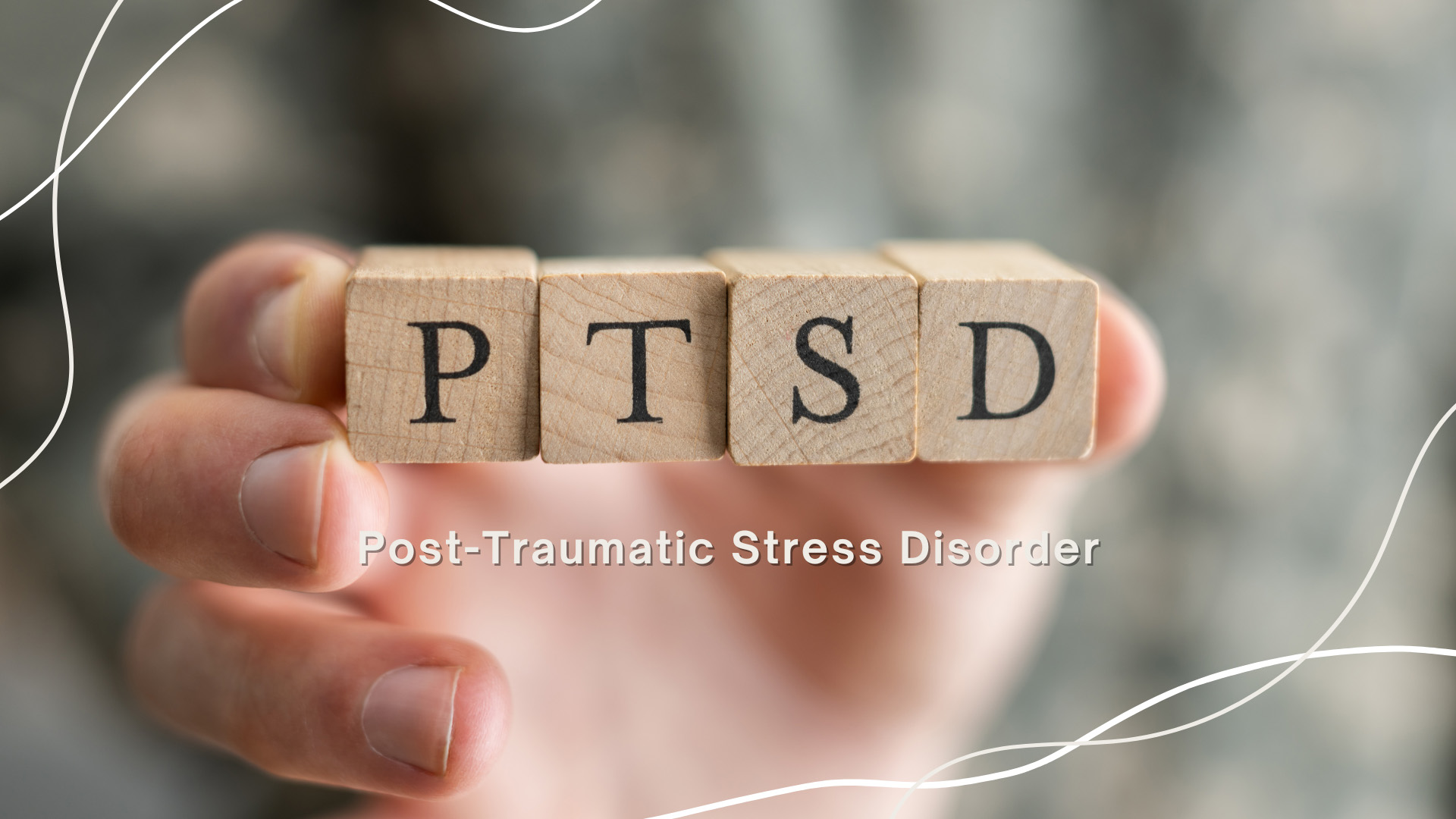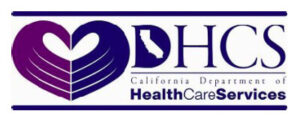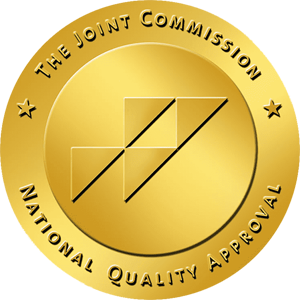Post-traumatic stress disorder affects millions of people worldwide, yet many struggle to understand this complex mental health condition. This comprehensive guide explores what PTSD is, how it develops, and most importantly, how healing is possible.
What is Post-Traumatic Stress Disorder?
Post-traumatic stress disorder is a mental health condition triggered by experiencing or witnessing a terrifying event. Unlike normal stress responses that fade with time, PTSD symptoms persist for months or years after the traumatic incident.
The condition develops when the brain’s natural stress response system becomes stuck in overdrive. Instead of returning to normal after danger passes, the mind continues to react as if the threat remains present. PTSD can affect anyone, regardless of age, gender, or background. Veterans, accident survivors, assault victims, and first responders commonly experience this condition. However, trauma responses vary significantly between individuals.
What Can Trigger Post-Traumatic Stress Disorder?
Numerous traumatic events can trigger post-traumatic stress disorder. Understanding these triggers helps identify when professional support might be needed.
Common PTSD Triggers Include:
- Combat exposure and military service
- Physical or sexual assault
- Serious accidents or injuries
- Natural disasters like earthquakes or floods
- Terrorist attacks or violent crimes
- Childhood abuse or neglect
- Medical emergencies or life-threatening illnesses
- Witnessing violence or death
- Sudden loss of a loved one
- Workplace trauma for first responders
The severity of PTSD doesn’t always correlate with the trauma’s intensity. Some people develop PTSD after seemingly minor incidents, while others remain resilient after severe trauma. Personal factors like previous trauma exposure, support systems, and coping skills influence individual responses.
What are the Four Categories of PTSD?
Mental health professionals classify PTSD symptoms into four distinct categories. These categories help diagnose the condition and develop targeted treatment approaches.
1. Intrusive Memories
Intrusive memories force traumatic experiences back into consciousness without warning. These symptoms disrupt daily life and create ongoing distress.
Intrusive memory symptoms include:
- Flashbacks that feel like reliving the trauma
- Disturbing dreams or nightmares
- Severe emotional distress when reminded of the event
- Physical reactions like sweating or rapid heartbeat
- Unwanted, recurring thoughts about the trauma
2. Avoidance Behaviors
Avoidance behaviors involve deliberately staying away from trauma-related triggers. While this might seem protective, excessive avoidance can limit life experiences and prevent healing.
Avoidance behaviors include:
- Avoiding places, people, or situations that trigger memories
- Refusing to discuss the traumatic event
- Suppressing thoughts or feelings about the trauma
- Changing routines to avoid potential triggers
- Isolating from friends and family
3. Negative Changes in Thinking and Mood
PTSD significantly impacts how people think about themselves, others, and the world. These cognitive and emotional changes often persist long after the traumatic event.
Negative thinking patterns include:
- Persistent negative beliefs about oneself or others
- Distorted blame of self or others for the trauma
- Ongoing negative emotions like fear, anger, or shame
- Loss of interest in previously enjoyed activities
- Feelings of detachment from loved ones
- Inability to experience positive emotions
4. Changes in Physical and Emotional Reactions
PTSD alters the body’s stress response system, leading to hypervigilance and exaggerated reactions. These changes affect sleep, concentration, and overall well-being.
Physical and emotional reaction changes include:
- Being easily startled or frightened
- Constant alertness for danger
- Self-destructive behavior
- Difficulty concentrating
- Sleep disturbances
- Irritability or aggressive behavior
How Does Post-Traumatic Stress Disorder Affect a Person?
Post-traumatic stress disorder creates far-reaching effects that extend beyond the initial trauma. Understanding these impacts helps recognize when professional intervention becomes necessary.
1) Mental Health Effects
PTSD significantly impacts mental health, often leading to additional psychological challenges. Depression frequently accompanies PTSD, creating a cycle of negative thoughts and emotions. Anxiety disorders also commonly develop, making everyday situations feel threatening.
Many people with PTSD experience guilt, shame, and self-blame. These emotions can persist even when the person logically understands they weren’t responsible for the trauma. Emotional numbness often alternates with intense feelings, creating confusion and distress.
2) Physical Health Consequences
The body bears significant burden from chronic PTSD symptoms. Sleep disturbances lead to fatigue and weakened immune function. Chronic stress increases risk for cardiovascular problems, digestive issues, and chronic pain conditions.
Headaches, muscle tension, and gastrointestinal problems frequently accompany PTSD. Some people experience unexplained physical symptoms that medical examinations cannot explain. These psychosomatic symptoms reflect the deep connection between mental and physical health.
3) Relationship Impacts
PTSD often strains relationships with family, friends, and romantic partners. Trust issues may develop, making it difficult to form or maintain close connections. Emotional numbness can prevent people from expressing love and affection normally.
Communication problems arise when trauma survivors struggle to discuss their experiences. Partners and family members may feel helpless or frustrated when they cannot provide adequate support. These relationship challenges can lead to isolation and increased depression.
4) Professional and Academic Consequences
Concentration difficulties and memory problems can significantly impact work or school performance. Many people with PTSD struggle to maintain consistent attendance or meet deadlines. Career advancement may suffer as symptoms interfere with professional responsibilities.
Students with PTSD often experience declining grades and difficulty participating in classroom activities. The condition can delay educational goals and limit future opportunities if left untreated.
How to Treat Post-Traumatic Stress Disorder?
Effective treatment for post-traumatic stress disorder requires professional intervention and evidence-based approaches. Recovery is possible with appropriate care and support.
Professional Treatment Options
- EMDR Therapy: Eye Movement Desensitization and Reprocessing (EMDR) uses bilateral stimulation to help process traumatic memories. This technique has shown remarkable success in reducing PTSD symptoms for many people.
- Cognitive Behavioral Therapy (CBT): Cognitive Behavioral Therapy helps identify and change negative thought patterns that maintain PTSD symptoms. Therapists work with clients to develop healthy coping strategies and challenge distorted beliefs about the trauma.
- Group Therapy: Group therapy provides opportunities to connect with others who understand trauma experiences. Sharing stories and coping strategies can reduce isolation and provide valuable support.
Holistic Treatment Approaches
- Mindfulness and Meditation: Mindfulness practices help people stay grounded in the present moment rather than reliving traumatic memories. Meditation can reduce anxiety and improve emotional regulation skills.
- Physical Exercise: Regular exercise releases endorphins that improve mood and reduce stress hormones. Physical activity also helps discharge tension and energy that often accompanies PTSD symptoms.
- Art and Music Therapy: Creative therapies provide alternative ways to process trauma when words feel inadequate. Art and music therapy can help express emotions and experiences that are difficult to verbalize.
PTSD Treatment Medication
Medication can play an important role in PTSD treatment, particularly when combined with therapy. Several types of medications have shown effectiveness in reducing symptoms.
Antidepressants
- Selective Serotonin Reuptake Inhibitors (SSRIs): SSRIs are often the first-line medication treatment for PTSD. Sertraline and paroxetine have FDA approval specifically for PTSD treatment. These medications help regulate mood and reduce anxiety symptoms.
- Serotonin-Norepinephrine Reuptake Inhibitors (SNRIs): SNRIs like venlafaxine can be effective when SSRIs don’t provide adequate relief. These medications affect both serotonin and norepinephrine neurotransmitters.
Sleep Medications
Sleep disturbances are common in PTSD, and addressing them can significantly improve overall functioning. Prazosin specifically helps reduce nightmares and improve sleep quality in trauma survivors.
Trazodone is another medication that can help with both sleep and mood symptoms. However, sleep medications should be used carefully to avoid dependence.
Anxiety Medications
Short-term use of benzodiazepines may help manage severe anxiety symptoms, but these medications carry risks of dependence. They’re typically used only during acute crisis periods.
Beta-blockers can help manage physical symptoms of anxiety like rapid heartbeat and sweating. These medications are particularly useful for people who experience panic attacks.
Emerging Treatments
Research continues to explore new medication options for PTSD. Ketamine-assisted therapy shows promise for treatment-resistant cases. However, these newer treatments require careful medical supervision.
How to Help Someone with PTSD?
Supporting someone with post-traumatic stress disorder requires patience, understanding, and commitment. Your support can make a significant difference in their recovery journey.
- Listen Without Judgment: Offer a safe space where your loved one can share their experiences without fear of criticism. Avoid trying to “fix” their problems or minimize their trauma. Sometimes, simply being heard provides tremendous comfort.
- Respect Their Boundaries: People with PTSD may need space or time to process their emotions. Respect their need for solitude while making it clear you’re available when they’re ready to connect.
- Maintain Consistent Routines: Predictable routines can provide security and stability for trauma survivors. Try to maintain regular schedules and avoid sudden changes that might trigger anxiety.
- Encourage Professional Help: Gently encourage your loved one to seek professional treatment without being pushy. Offer to help research therapists or accompany them to appointments if they’re comfortable with your presence.
- Learn About PTSD: Educate yourself about PTSD symptoms and treatment options. Understanding the condition helps you respond appropriately and recognize when immediate professional intervention might be needed.
- Take Care of Yourself: Supporting someone with PTSD can be emotionally demanding. Make sure you’re taking care of your own mental health and seeking support when needed.
- Don’t Force Discussions: Avoid pushing your loved one to talk about their trauma before they’re ready. Forced conversations can increase anxiety and potentially retraumatize them.
- Don’t Take Symptoms Personally: PTSD symptoms like irritability or emotional withdrawal aren’t personal attacks. These behaviors reflect the condition, not their feelings about you.
- Don’t Use Substances to Cope: Avoid suggesting alcohol or drugs as coping mechanisms. These substances can worsen PTSD symptoms and lead to additional problems.
Finding Hope and Recovery
Post-traumatic stress disorder is a serious condition that affects every aspect of a person’s life. However, with proper treatment and support, recovery is absolutely possible. Many people who receive appropriate care go on to live fulfilling, meaningful lives.
The journey to healing often takes time, and setbacks are normal parts of the recovery process. Professional treatment, medication when appropriate, and strong support systems create the foundation for lasting recovery.
At Surf City Recovery, we’ve witnessed countless individuals reclaim their lives after trauma. Our comprehensive treatment programs address not just PTSD symptoms but the whole person, providing tools and strategies for long-term wellness.
If you or someone you love is struggling with post-traumatic stress disorder, remember that help is available. Recovery begins with taking that first step toward professional support. You don’t have to face this journey alone.






